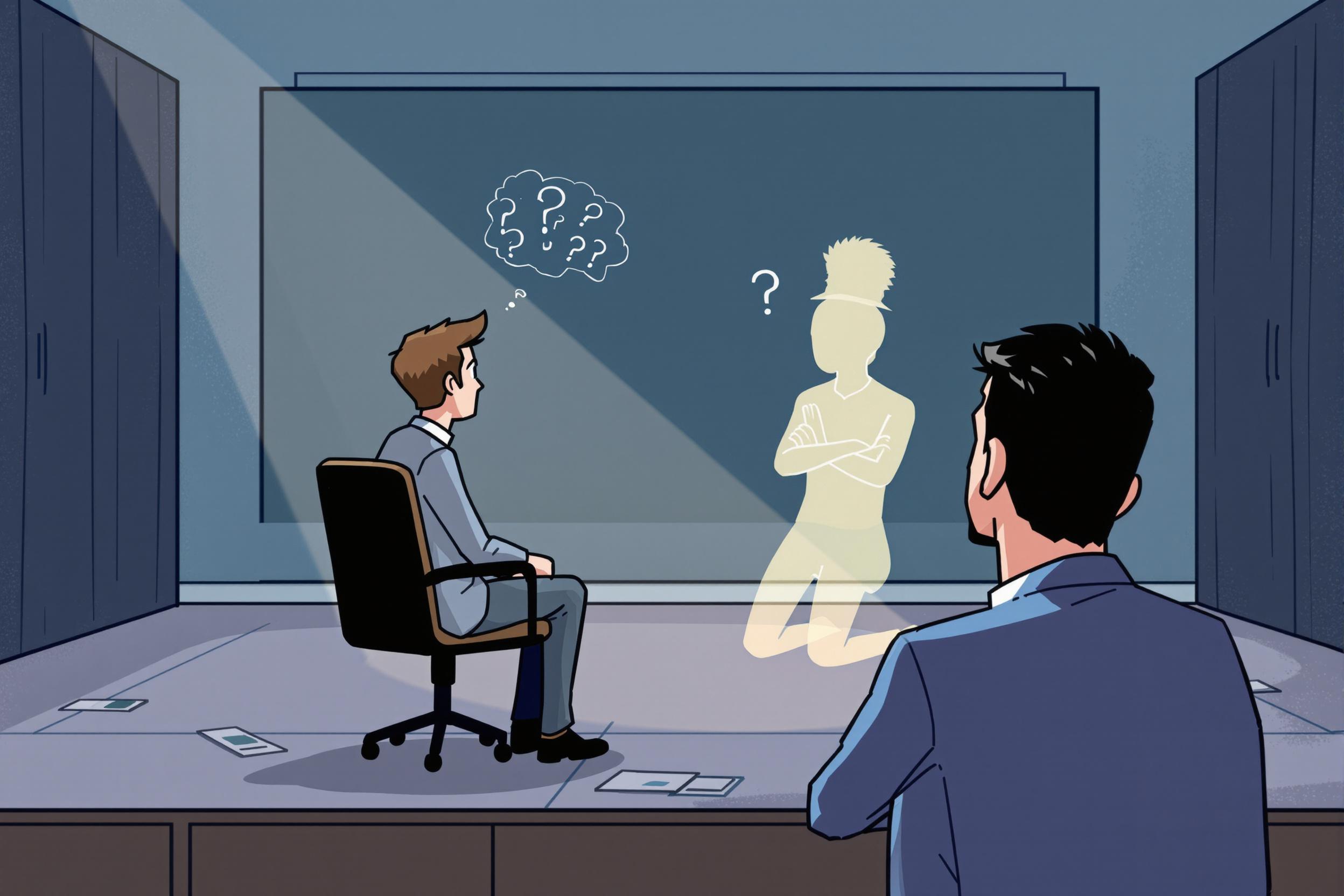
Dimming
Dimming refers to the ability to control and adjust light levels in buildings or spaces. It's a common skill needed in electrical work, especially when dealing with lighting systems. This includes working with dimmer switches, LED compatibility, and lighting control systems. Think of it like a volume control for lights - electricians need to know how to install, repair, and troubleshoot these systems to help buildings save energy and create the right atmosphere. This skill is particularly important in commercial buildings, theaters, restaurants, and modern smart homes.
Examples in Resumes
Installed and configured dimming systems in commercial office spaces
Troubleshot dimming issues with LED lighting installations
Upgraded traditional lighting to smart dimming controls in residential projects
Typical job title: "Lighting Technicians"
Also try searching for:
Where to Find Lighting Technicians
Professional Organizations
Online Forums
Job Resources
Example Interview Questions
Senior Level Questions
Q: How would you troubleshoot a large-scale dimming system that's not working properly in a commercial building?
Expected Answer: A senior technician should explain a systematic approach: checking power supply, verifying compatibility between dimmers and fixtures, testing control signals, and using proper diagnostic tools. They should also mention the importance of documentation and working with building maintenance teams.
Q: What considerations do you take when designing a dimming system for a large space?
Expected Answer: Should discuss load calculations, zone planning, user needs assessment, energy code compliance, and choosing the right type of controls and dimmers for the specific application. Should also mention future maintenance and upgrading considerations.
Mid Level Questions
Q: What are the common issues when dimming LED lights and how do you address them?
Expected Answer: Should explain compatibility issues between LEDs and traditional dimmers, flickering problems, and minimum load requirements. Should be able to describe solutions like using LED-compatible dimmers and proper load calculations.
Q: How do you ensure proper grounding in a dimming system installation?
Expected Answer: Should describe proper grounding techniques, why it's important for safety and performance, and common grounding mistakes to avoid. Should mention checking local electrical codes.
Junior Level Questions
Q: What are the basic types of dimming controls you might encounter?
Expected Answer: Should be able to identify wall-mounted dimmers, rotary dimmers, slide dimmers, and basic electronic dimmers. Should understand the difference between single-pole and three-way dimming setups.
Q: What safety procedures do you follow when working with dimming systems?
Expected Answer: Should mention basic electrical safety: turning off power at breaker, using voltage testers, wearing proper PPE, and following manufacturer instructions for installation.
Experience Level Indicators
Junior (0-2 years)
- Basic dimmer installation
- Simple troubleshooting
- Understanding of electrical safety
- Basic tool usage and wiring
Mid (2-5 years)
- Complex dimming system installation
- LED compatibility troubleshooting
- Reading electrical diagrams
- Smart lighting system setup
Senior (5+ years)
- Large-scale system design
- Advanced troubleshooting
- Project management
- Team supervision and training
Red Flags to Watch For
- No understanding of electrical safety procedures
- Lack of knowledge about basic wiring principles
- No experience with different types of dimming systems
- Unable to read basic electrical diagrams
- No familiarity with local electrical codes
Need more hiring wisdom? Check these out...

Cutting HR Costs Without Sacrificing Quality: A How-To for Savvy Executives

Refining Job Descriptions to Expand Applicant Pools: Casting a Wider Talent Net

Unlocking Team Potential: Personality Mapping for Dynamic Management

